|
There will be a short commemoration to/for Henry at 5:00 pm.
More details on Henry's Trophy are here.
0 Comments
This sequence was filmed in a single take by four cameras on simultaneous input. A big shout out to James Cusack and Julia Shivers of Quitsa Productions, for getting it ready in time for this years HoCR. 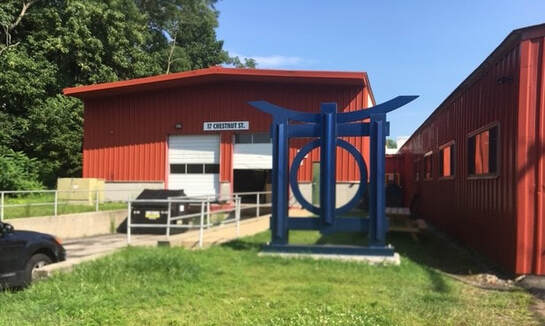 The figure was delivered in July to the Sincere Metal Works foundry in Amesbury, MA. Professionalism in the foundry and metal fabrication business involves a high degree of dedication and patience. Unique, hand-fabricated sculptures inevitably involve complicated structural challenges and compositional complexities. Foundry schedules are developed with an awareness of the potential for multiple, and significant, delays. Will has been given a date of early December for the return of the completed bronzework, not including patination. For new pictures and updates, including additional details about the Sincere Metalworks, visit the Zietlow Trophy page. 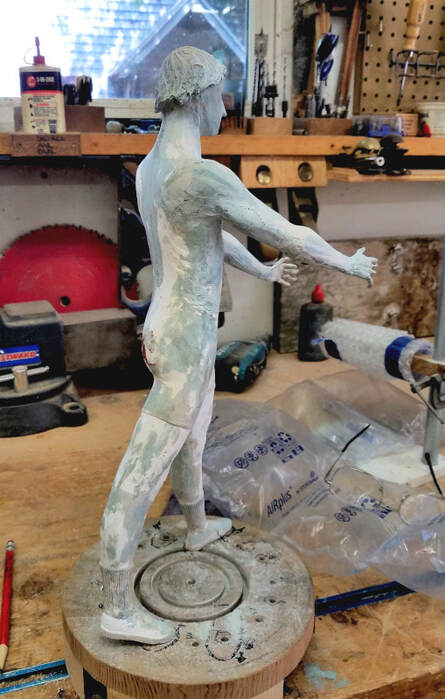 Will is in the final phase of work on the Henry Zietlow Memorial Trophy, which will accommodate 50 name plaques for the trophy's annual presentation. Will has designed the base as an asymmetrical, rising wave form. The figure, which will be holding oars in its outstretched arms, will stand atop this base. In the recent revamp of Will's website, a page dedicated to Henry and the creation of this piece. CURRENT: THE ZIETLOW TROPHY click through and check it out!
Will is participating in the Arlington Open Studios Arts & Artisan Festival
|
AuthorWill is a sculptor and draftsman, living and working in Cambridge, MA. Artwork depicted on this site that is not given a collector's citation may be available, though the primary purpose of this site is not as a sales center. Many singular items are in the family or private collections and NFS.
Will continues to accept commissions, as time permits. Categories
All
Archives
July 2022
Favorite Sites
Family:
Katya Reimann Kristen Beaumont Reimann Students: (an incomplete list by Katya - who stopped writing "polymath" at the end of each description, because it described pretty much every one of these individuals) Martha Beck -- Life Coach, Author. Louis Bryden -- Artist. Sandro Carella — Artist, Instructor, Musician. Tom Fernandez — Designer, Owner, HTR Construction. Timothy M. Sweeney, MD — Emergency Physician, Medical Illustrator. Dan Wilson — Musician, Songwriter, Artist. George Wilson — Master Luthier Julie Zickefoose — Author, Naturalist,, Musician. |
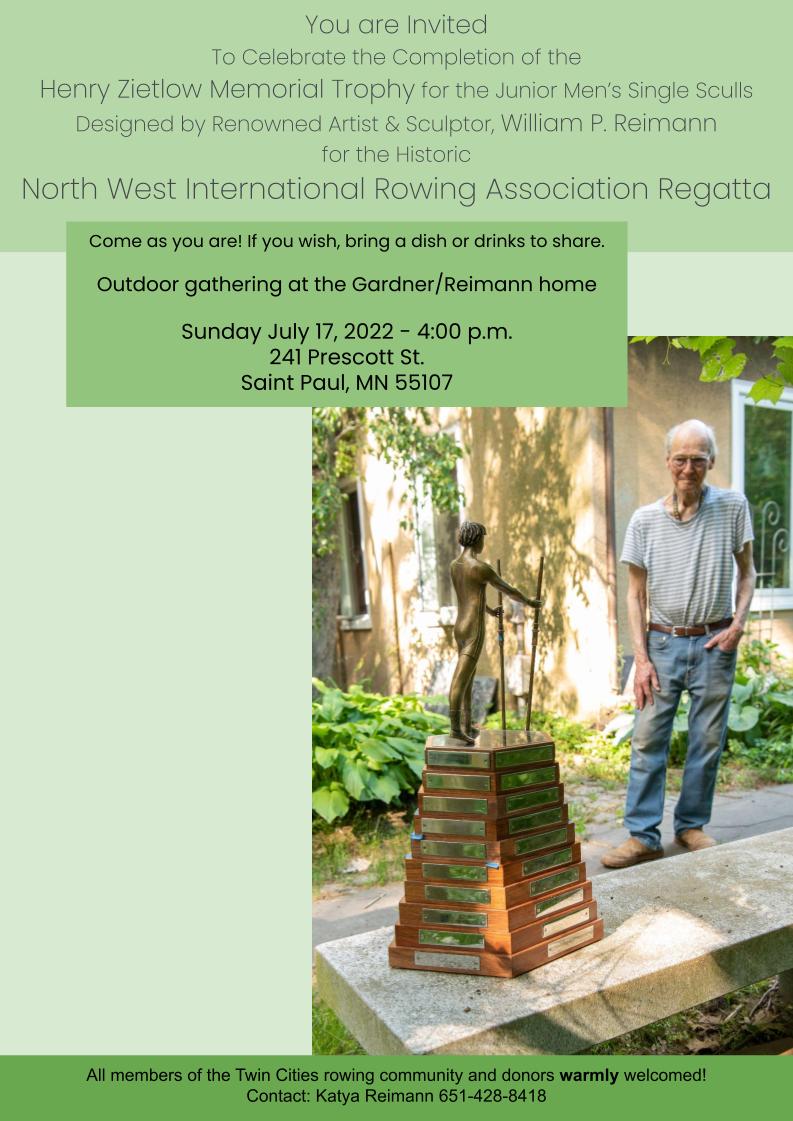
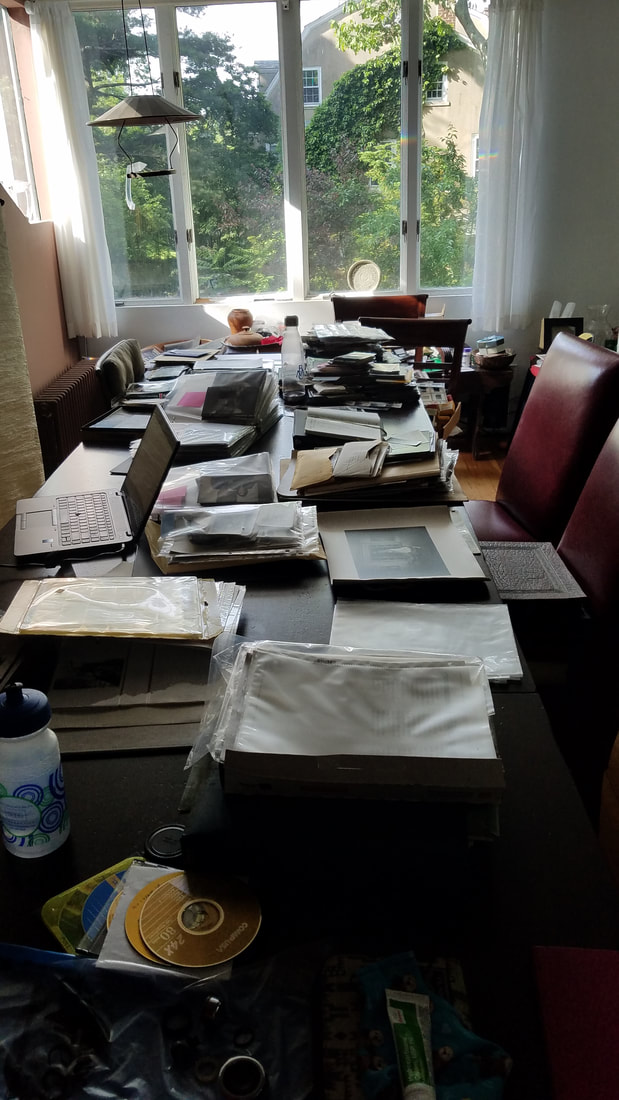
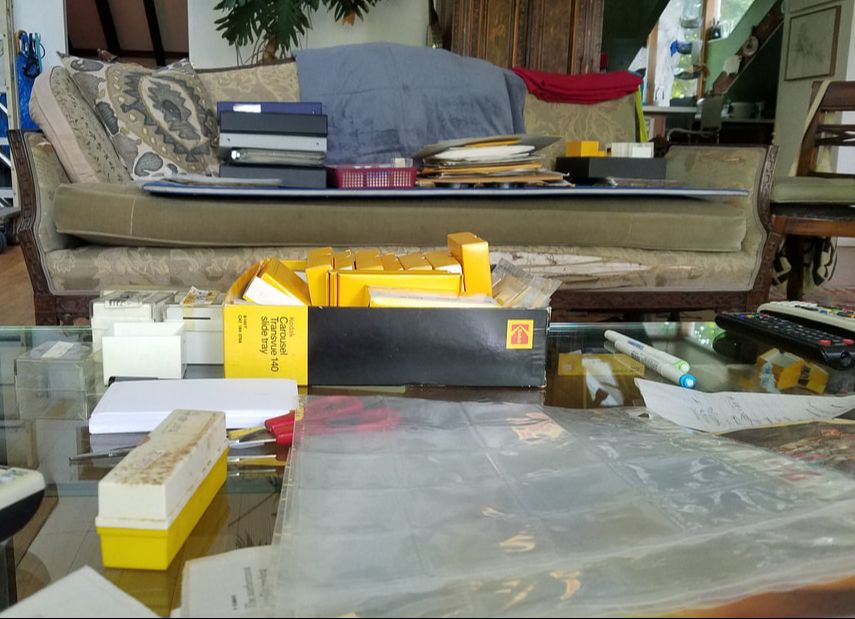
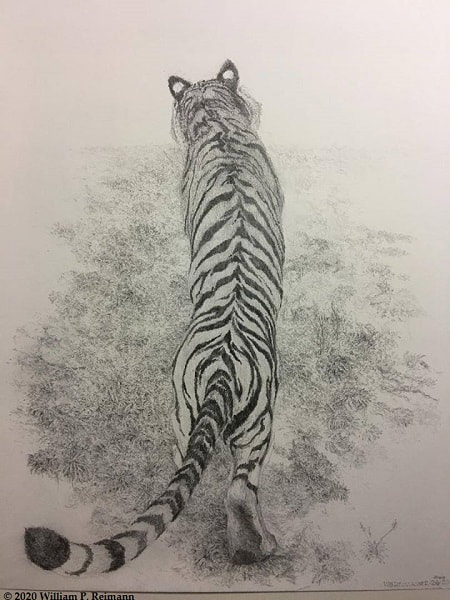
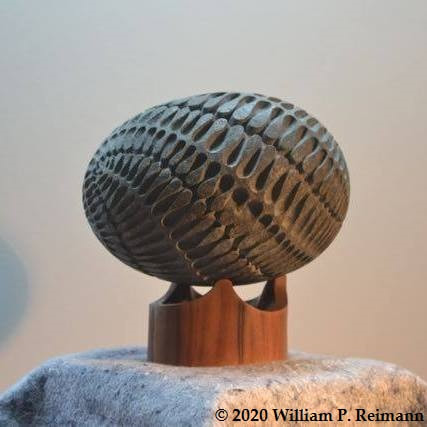
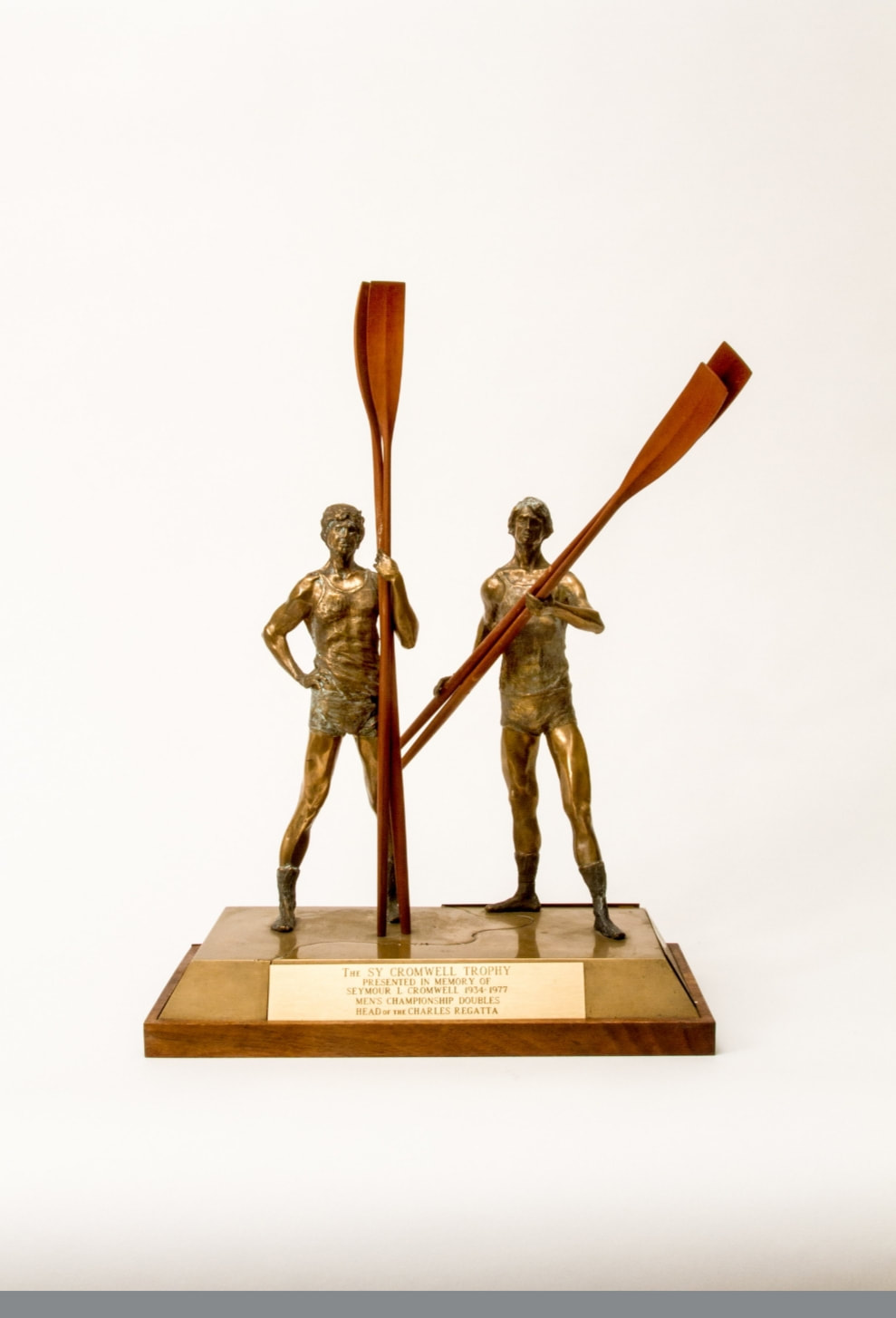
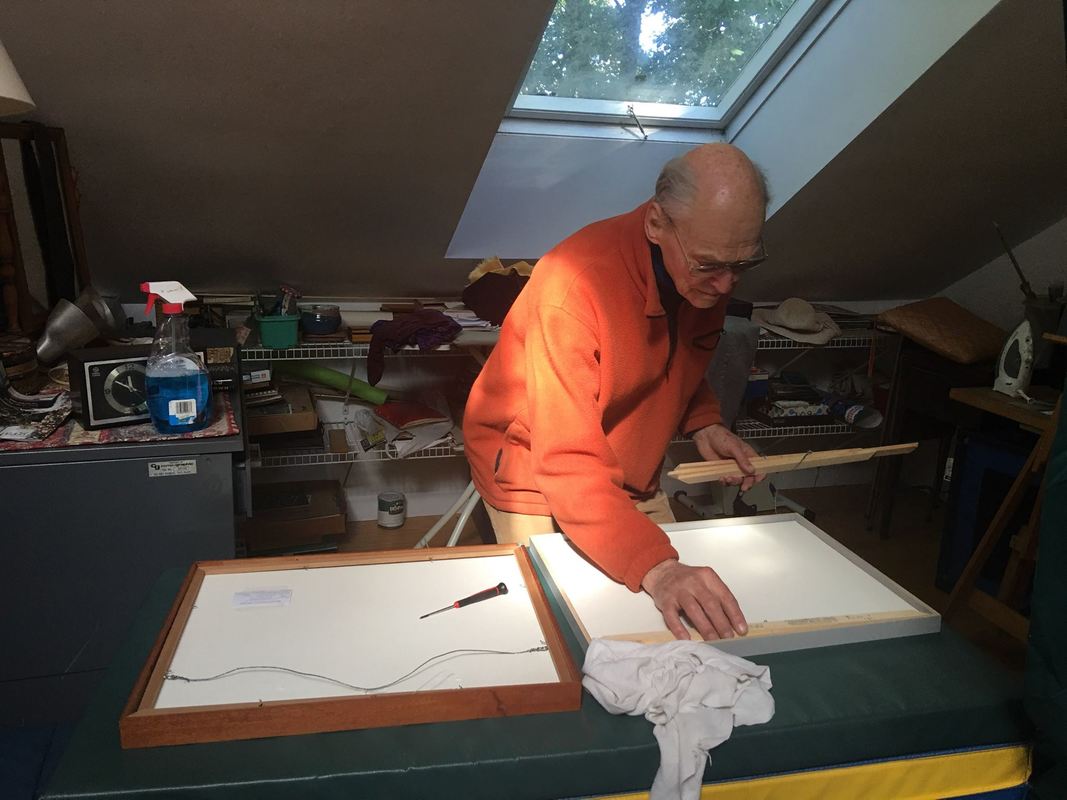
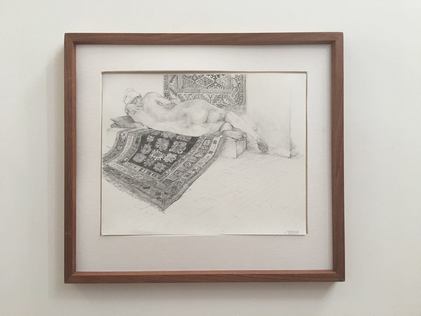
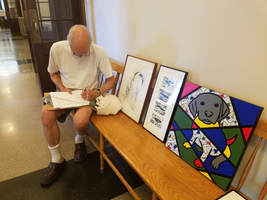
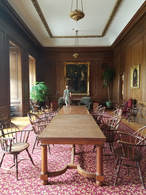
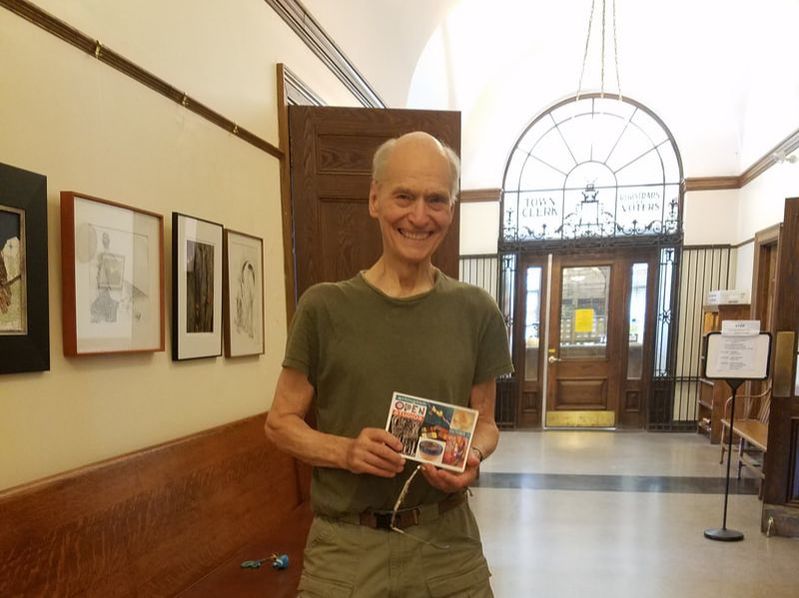
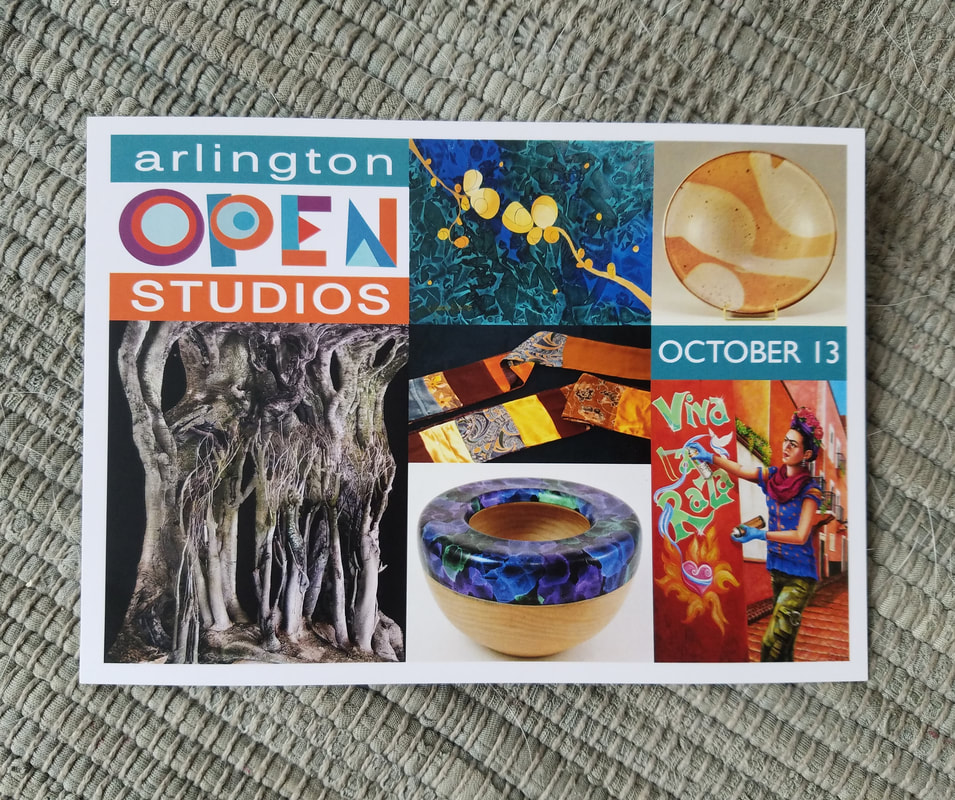
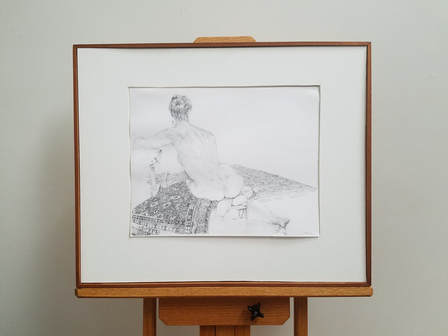
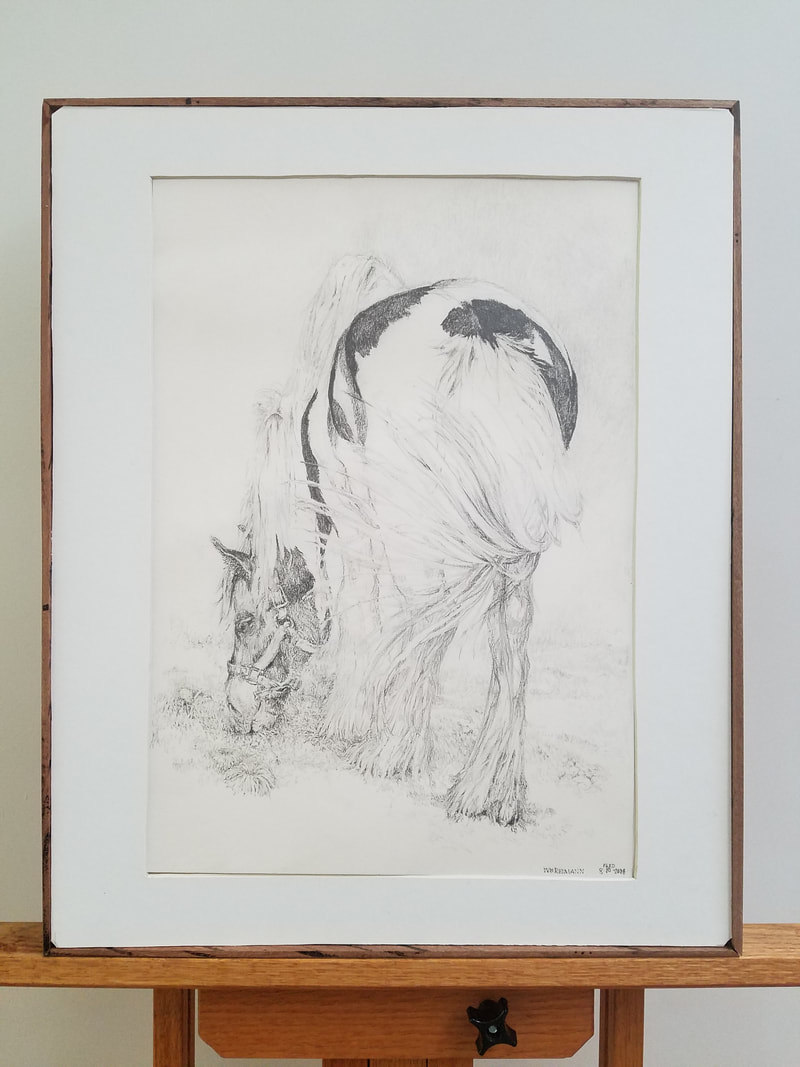
 RSS Feed
RSS Feed
